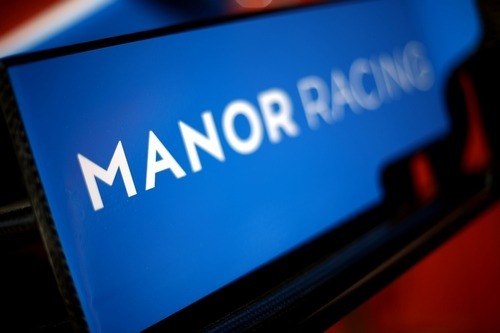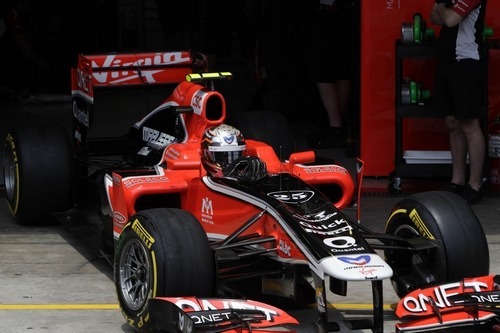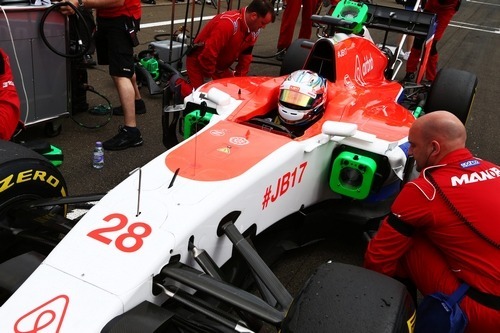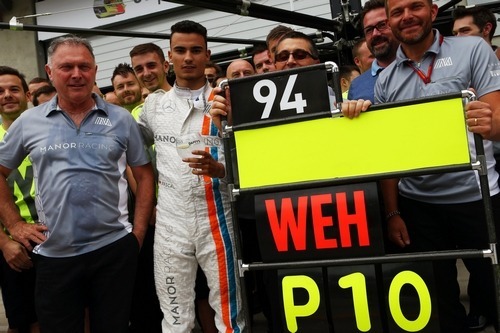
The 2010 season saw the birth of three new Formula One teams: HRT, Caterham and Virgin. Now, seven years later, none of these new arrivals are left standing. Lets explore the highs and lows of the last survivor, as we prepare for a season without them.

Virgin Racing made their Formula One debut alongside HRT and Caterham (then Lotus) in 2010. The team’s first car hit the track for the first race of the season in Bahrain with Timo Glock and Lucas di Grassi behind the wheel. Powered by a Cosworth engine, the VR-01 was the first Formula One car ever to have been designed using on computer simulations and no wind tunnel testing.
Mechanical failures in the early stages of the race meant that neither driver would complete the racing distance. Although the cars made it further in Australia, it wasn’t until the Malaysian Grand Prix that di Grassi would earn the team’s first race finish, although he finished 3 laps behind the leader. Spain was the first double finish for the team, although they were many laps down again. The three new teams were the only constructors unable to score points, although Virgin’s poor results would rank them last.
The 2011 saw the team rebranded to Marussia Virgin Racing, as Marussia purchased a controlling stake in the team, and Jérôme d’Ambrosio replace di Grassi. The car’s reliability had improved, although it still wasn’t enough to score any points for the team. Once again the three newest teams were the only teams that didn’t score points and once again Marussia Virgin found themselves last.

In 2012, despite the Virgin logo still appearing on the car as the main sponsor, the company title dropped from the team’s name. Glock signed a new long-term contract with the team and Charles Pic moved in alongside him to make his Formula One debut. Marussia decided that it was best not to fit the new Kinetic Energy Recovery System (KERS) to the power unit and HRT would also remove the system from their power unit after missing the first race of the season because they had failed to qualify within the 107% rule.
There was a trouble ahead of the start of the season when the team failed to pass the mandatory FIA crash testing. This caused the team to miss pre-season testing while they scrambled to get the car ready for Australia. Disaster struck during some mid-season straight-line speed testing at Duxford Airfield when Maria de Villota crashed into a parked truck when returning to the service area. It took nearly an hour to extract de Villota from the car and the accident resulted in the loss of her eye. Investigations concluded in 2015 revealed that the car’s anti-stall system was to blame for the accident.
The team’s results in 2012 were enough to allow them to beat HRT in the World Constructors’ Championship. They were also close to beating Caterham, the only other team that did not score any points. HRT subsequently folded at the end of the season.

The team’s driver lineup was overhauled in 2013, with Jules Bianchi and Max Chilton both making their Formula One debut. Again the team was unable to score any points, although their ability to finish all but three races helped them to bump Caterham to the bottom of the championship.
With the same driver lineup for the following season and a new Ferrari power unit, this improved for the team. Bianchi was able to score the team’s first points with a ninth place finish in Monaco. However, the team’s greatest season would quickly turn into the team’s worst. Bianchi suffered an accident in Japan which left him hospitalized and eventually resulted in his death. The team ran a single car in Russia and financially collapsed at the end of the season, missing the final three races.
Both Caterham and Marussia faced closure. Marussia’s assets were sent to auction, but a last minute buyer was able to save the team at the last possible moment. Caterham was not as lucky and the team folded, leaving Marussia alone.
The team failed to making to the Australian grid in 2015. Will Stevens and Roberto Merhi were the team’s drivers for the season, although Alexander Rossi replaced Merhi for five races in the season so that he could complete his other duties in another racing series. The team was unable to reproduce the points that they had scored the season before, meaning that they would be last in the championship and the only team not to score any points. The unfortunate news of Bianchi’s passing hit the team just before the summer break.

In 2016, the team was rebranded Manor Racing and a new driver lineup was formed. Rio Haryanto and Pascal Wehrlein were the team’s drivers. Haryanto dropped from the team after the summer break after his financial backing dried up. He was replaced by Esteban Ocon for the remainder of the season. Wehrlein had scored a point in Austria, putting the team in line to beat Sauber in the championship. However, Felipe Nasr was able to score two points in Brazil, dropping Manor back to the bottom.
The team was placed under administration after the season was complete. The administrators were unable to find a buyer, despite the 2017 car reportedly having been ready to start production. The team officially closed on January 31.